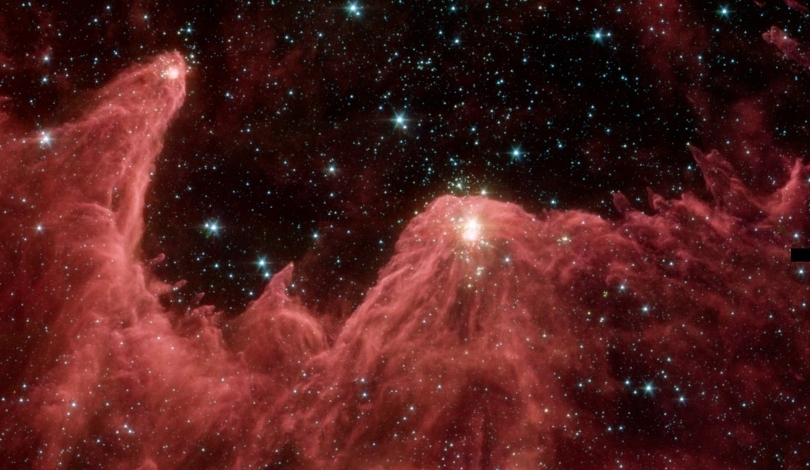Supermassive black holes observed in the early universe present a significant puzzle for astronomers. These colossal entities, millions of times the mass of the Sun, appear sooner than existing models can explain. Recent studies suggest that their origins may lie in the universe’s earliest moments, shortly after the Big Bang.
Past research primarily focused on the formation of black holes from the remnants of massive stars. This traditional view struggled to account for the rapid growth required to reach supermassive sizes within the first billion years. New findings introduce an alternative pathway involving primordial black holes.
How Do Primordial Black Holes Form?
In the initial fractions of a second after the Big Bang, extreme conditions could have caused regions of high density to collapse, forming black holes. These primordial black holes, though rare, could serve as the seeds for later supermassive black holes as they accumulate mass over time.
Can Rare Black Holes Influence Galaxy Formation?
Yes, even if primordial black holes constitute less than 1% of the universe’s mass, their presence in the early universe would allow them to merge and gather material efficiently. This process could lead to the rapid development of the supermassive black holes observed in young galaxies.
What Implications Does This Have for Dark Matter?
“Primordial black holes offer a potential explanation for dark matter,”
researchers noted. While these black holes are not the sole component of dark matter, their existence could contribute to our understanding of the universe’s composition.
The study marks an initial step toward reconciling observations of early supermassive black holes with theoretical models. Future research will involve more detailed simulations to assess the viability of primordial black holes as the foundation for these massive cosmic structures.
This new perspective aligns black hole formation closely with the timeline of galaxy development. By integrating primordial black holes into existing frameworks, scientists hope to bridge the gap between observation and theory, enhancing our comprehension of the universe’s evolution.
Understanding the role of primordial black holes not only addresses the enigma of early supermassive black holes but also opens avenues for exploring the fundamental nature of dark matter and the universe’s formative years. These insights could lead to breakthroughs in both cosmology and particle physics.










